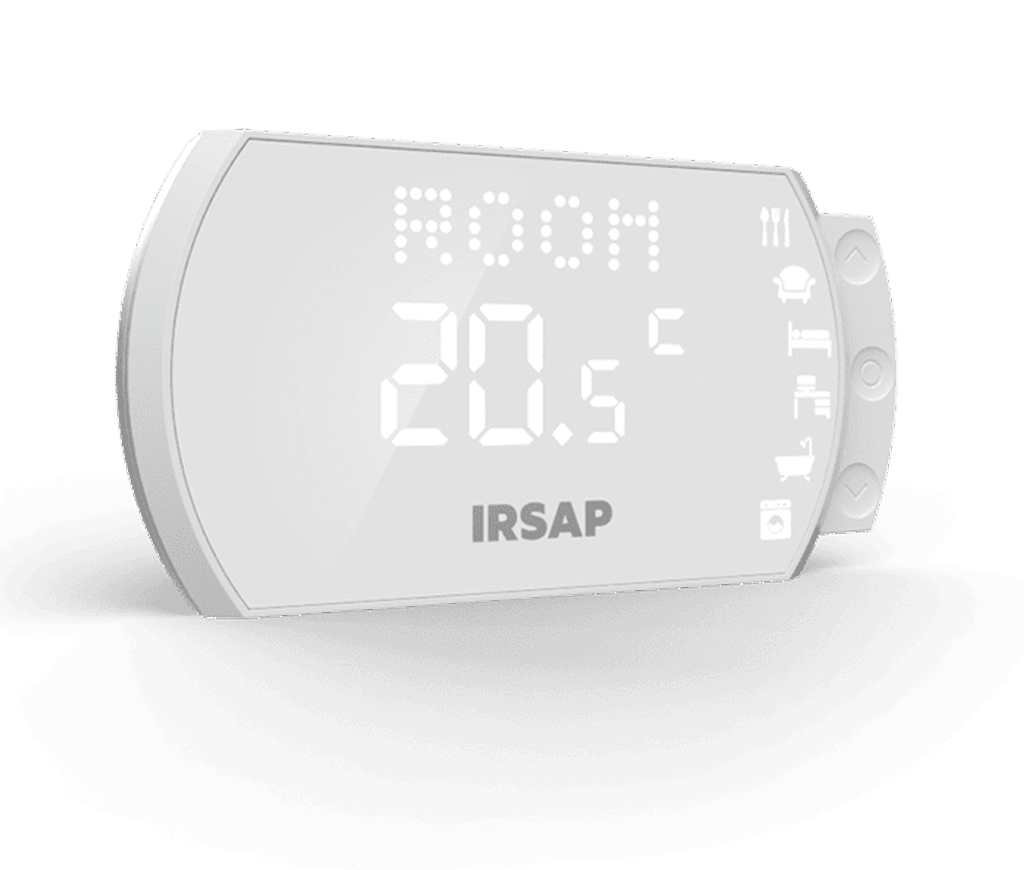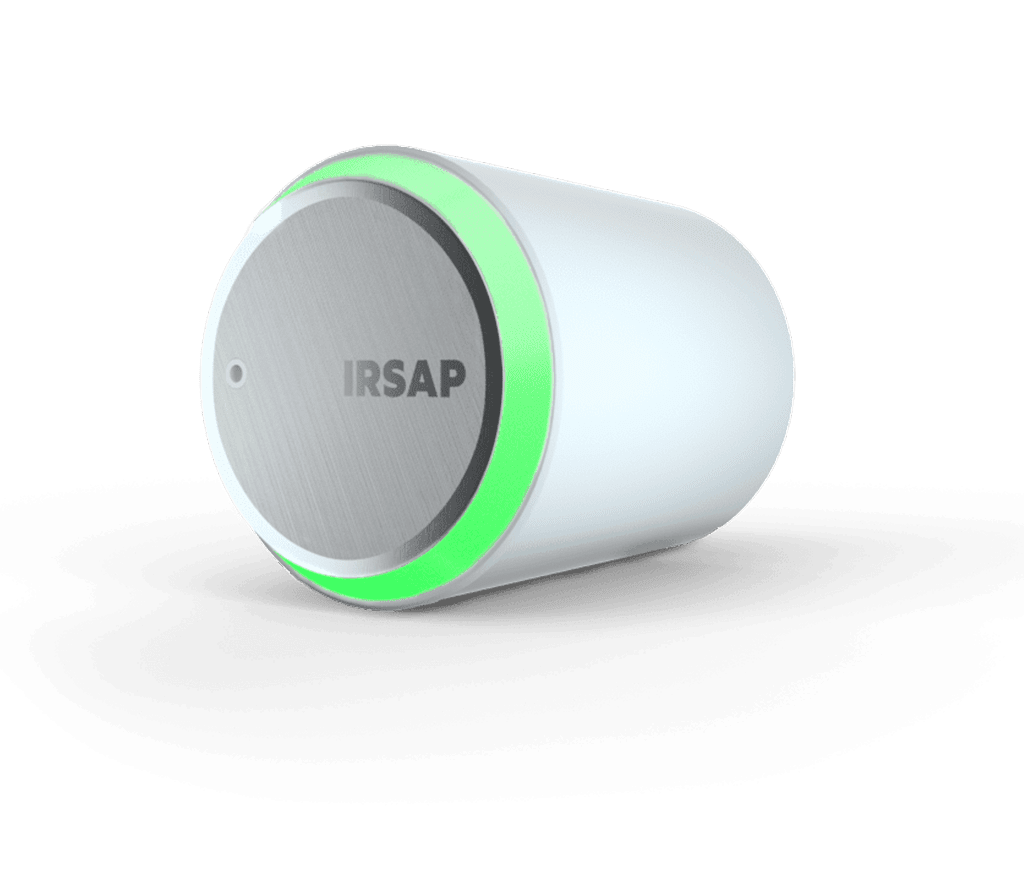
What is the ideal home temperature?
With winter, it can be difficult to precisely define the ideal home temperature. The thermal perception is indeed highly subjective. However, it is important not to overheat the environments we live in, both to save money and to protect our health. Let's find out why.
What is the ideal room temperature in winter?
It is commonly believed that an ambient temperature below 66.2/68° F generates a feeling of cold. That's why the ideal temperature to maintain indoors during winter should be around 68° F, with a humidity level between 50-55%.
Similarly, it is not advisable to raise the heating too much, exceeding 77° F: it would negatively impact the quality of life and the health of those who live there.
The parameters for the correct temperature in winter are indicated by national regulations and by the WHO, the World Health Organization. The maximum threshold is therefore set at 68° F, with a tolerance of two degrees.
For a complete well-being, it is very important to also consider the humidity level of the air in the spaces where we live.
- When it is well below 50%, it means that the air is too dry and the heating is too high. In this case, it might be appropriate to use specific humidifiers.
- A humidity level above 60-70% promotes, on the contrary, the proliferation of microorganisms, moulds and dust mites. They are particularly allergenic and harmful to health.
This problem can be overcome with dehumidifiers and, above all, with continuous air circulation in the rooms.
Home temperature and health
Flu and illnesses are very common in winter. A well-heated home environment acts as a barrier against annoying health issues.
That is why it is crucial to set the right temperature. With a range of 66.2/68° F, people live and move around in a home that is warm enough, avoiding spending time in spaces that are too cold which can lead to body cooling and causing fevers, colds and coughs.
Concrete help comes from heating regulation systems such as thermostats and radiator valves. State-of-the-art products are equipped with particularly advanced technology that can not only precisely set the temperature in individual rooms but also monitor air quality and humidity levels.
Both thermostats and smart thermostatic valves can be managed remotely through the dedicated application installed on the mobile phone. Remote control allows adjusting the temperature to thermal comfort levels before returning from work, school, or vacation.
It is also important to consider the right temperature for each room.
- For example, in the living room, where we spend more time than in the bedroom, it is suggested to maintain a temperature between 66.2 and 68 degrees when we are at home.
- It can be lower in the kitchen. Using stoves rather than the oven helps to make it warmer even with a temperature set at 64° F.
- For the bathroom, a temperature between 66.2 and 68° F creates the ideal comfort for a part of the house that is usually the warmest for obvious reasons.
A balanced temperature prevents unpleasant temperature fluctuations between the indoor and outdoor environment, which can be harmful to the cardiovascular and pulmonary system.
The installation of smart and home automation devices ensures a valuable contribution: with a Multi-zone functionality, for example, it is easier to achieve the ideal temperature in each room, optimising time and costs.
What is the ideal sleeping temperature in winter?
One of the most frequent doubts about the optimal home temperature in winter concerns the bedroom. Sleeping in a properly heated room improves sleep quality. Indeed, this is influenced by the degrees we register at night. It shouldn't be too hot, and at the same time, the environment shouldn't be too cold.
The ideal temperature should settle around 60.8-64.4° F. It may seem low, but body temperature drops in the evening as part of a natural process.
Excessive heating has several negative consequences on the health of the person resting.
- Respiratory infections. Dry air and lack of humidity compromise the mucous membranes of the respiratory system and create a fertile ground for bacteria and viruses, especially in children.
- Disturbed sleep. Rest becomes more difficult if radiator temperatures are too high. Above 68° F, the body does not relax the muscles and does not reach a pleasant state. Similarly, very low humidity in a cold environment alters respiratory frequency.
- Allergies and dermatitis. If radiator levels are too high, dermatitis can develop due to skin dryness. Conversely, excessive humidity at too low temperatures allows the proliferation of microorganisms, moulds and dust mites.
- Headaches. It is a common symptom when heating is kept at maximum temperature. There is a sensation of dullness due to vasodilation. Disproportionate heat lowers blood pressure, reducing blood flow to the brain, which generates annoying symptoms.
- Weight gain. High-temperature sleep does not allow the body to burn stored fat.
- Dissemination of toxic substances. Excessive heat promotes the release of toxic substances that can be extremely dangerous. Carbon monoxide is among these toxic substances: it is an odourless gas caused by poor combustion. It causes dizziness, fainting, nausea, and headaches.
An ideal temperature is synonymous with benefits for the immune system and protects against colds, bronchitis, pains, and skin and eye irritations. And of course, it coincides with savings on bills.
What are the signs that the house is too cold?
A careful examination of the different rooms in the house helps to understand if we are living in a cold environment. You can assess the humidity and temperature of floors, ceilings, corners, and internal walls.
- If they feel particularly cold or damp, it is necessary to intervene to improve the situation.
- Regular maintenance of radiators should be carried out to ensure they heat to the best of their ability and are safer.
- Carpets can be placed on the floor: they are warmer than tiles and block heat loss.
- A cold environment does not necessarily mean setting the house temperature to the maximum: values between 66.2 and 69.8° F are good enough.
- During the day, you can take advantage of sunlight through windows, while in the evening it is better to lower blinds or close shutters to prevent any heat loss.
Other articles
Well-being
How to balance your home heating
Well-being
What is thermal comfort?

Smart Thermostat
Replace your traditional thermostat with our wireless smart thermostat with advanced functions to easily set the temperature and accurately measure the temperature, humidity level and air quality in your home.

Smart Valve
Control the temperature of each room separately. Our wireless thermostatic valves are compatible with all radiator brands and leading hydraulic valve manufacturers.







